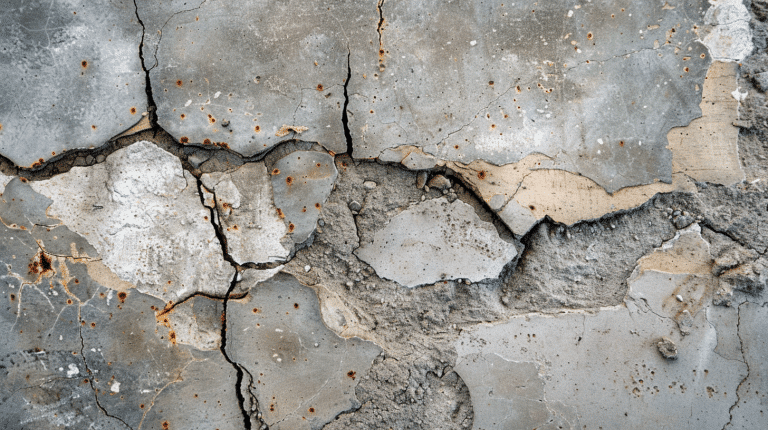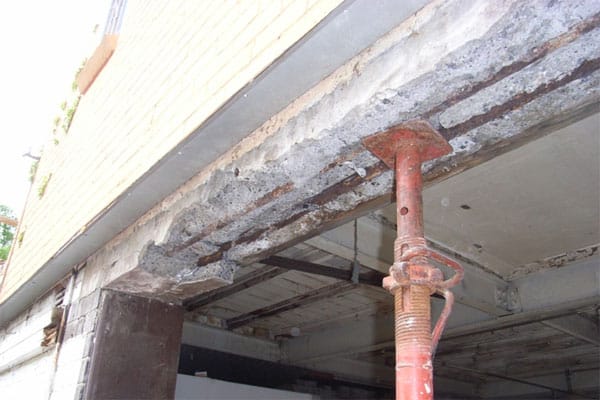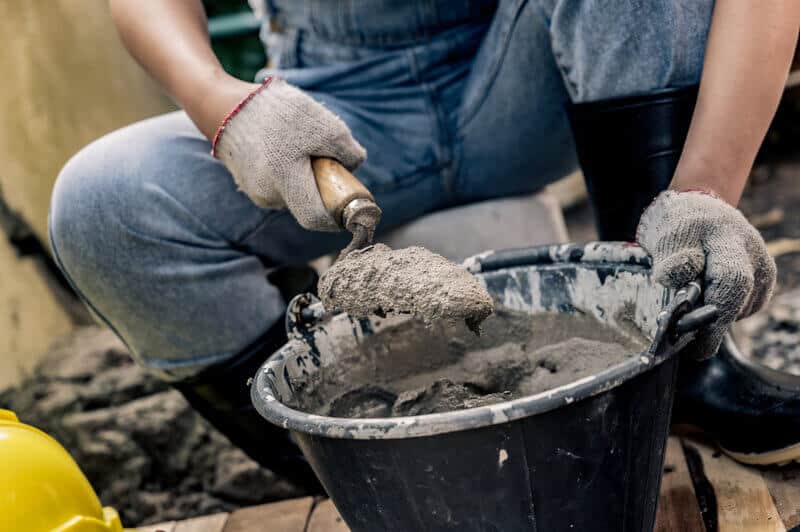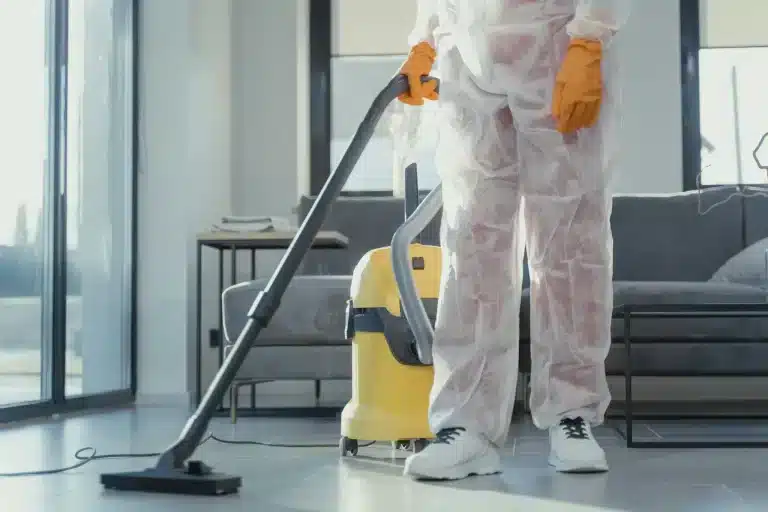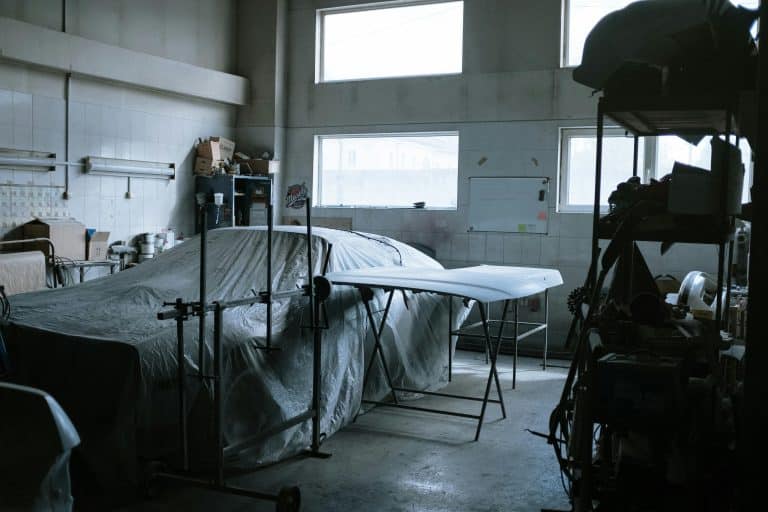Concrete is the backbone of many structures, from walkways and driveways to entire buildings. However, like all materials, it can deteriorate over time. Identifying and addressing concrete damage early can save homeowners and property managers substantial concrete repair costs and prevent potential hazards.
Understanding Concrete Damage
Concrete is a durable material, but it is not invincible. Various factors like weather conditions, improper installation, and wear and tear can lead to its breakdown. Recognizing these early signs can make a significant difference in maintaining your property.
Common Causes of Concrete Damage
Concrete damage doesn’t occur overnight. Understanding the common causes can help you prevent and address issues early.
Weather Conditions
- Freeze-thaw cycles can cause concrete to expand and contract, leading to cracks.
- Exposure to extreme heat can also weaken concrete over time.
Improper Installation
- Poor workmanship during the initial installation can set the stage for future problems.
- Using the wrong mix of materials can affect the concrete’s durability.
Wear and Tear
- Everyday use, such as foot traffic or vehicles, can gradually wear down concrete surfaces.
- Heavy loads can cause stress and lead to cracking or spalling.
Early Signs of Concrete Damage
Identifying concrete damage early can save you money and prevent more severe issues. Here are some signs to watch for:
Cracks and Fissures
- Small hairline cracks can be the first sign of trouble. If left unchecked, they can expand and cause more significant damage.
Discoloration
- Color changes may indicate water damage or chemical exposure, both of which can weaken the concrete.
Uneven Surfaces
- An uneven or settling surface can be a sign of underlying problems that need immediate attention.
The Importance of Regular Inspections
Regular inspections are crucial for catching problems early. Here’s why you should make them a priority:
Preventive Maintenance
- Routine checks can help you catch issues before they become costly repairs.
- Inspecting your concrete at least once a year is advisable.
Safety Concerns
- Damaged concrete can pose a safety risk, especially in high-traffic areas.
- Ensuring your surfaces are in good condition can prevent accidents and liability issues.
Protecting Property Value
- Well-maintained concrete adds to the overall value of your property.
- Neglecting concrete maintenance can lead to decreased property value and higher repair costs.
DIY Methods for Identifying Concrete Damage
You don’t always need a professional to spot signs of damage. Here are some DIY methods to help you identify issues:
Visual Inspection
- Walk around your property and look for visible signs of cracks, discoloration, and uneven surfaces.
- Document any changes to compare with future inspections.
Water Test
- Pour water on the concrete surface. If it absorbs quickly, the concrete may be more porous than it should be, indicating potential damage.
Sound Test
- Tap the concrete with a hammer. A hollow sound can indicate internal damage or voids within the structure.
When to Call in the Professionals
While DIY methods are helpful, some situations require professional concrete repair expertise:
Extensive Cracking
- If you notice large or numerous cracks, it’s best to consult a professional for a thorough assessment.
Structural Concerns
- If the damage appears to be affecting the structural integrity of your property, professional intervention is crucial.
Specialized Equipment
- Professionals have access to advanced tools and techniques for diagnosing and repairing concrete damage more effectively.
Common Concrete Repair Methods
Once you’ve identified the damage, the next step is addressing it. Here are some common concrete repair methods:
Sealing Cracks
- Sealing small cracks can prevent them from expanding and causing more significant issues.
- Use a high-quality concrete sealant for the best results.
Patching
- For larger cracks and holes, patching with a concrete mix can restore the surface.
- Ensure the patching material matches the existing concrete for a seamless look.
Resurfacing
- Resurfacing can give your concrete a new lease on life, covering up minor imperfections and restoring its appearance.
- This method is ideal for worn or discolored surfaces.
Preventive Measures to Avoid Future Damage
Prevention is always better than cure. Here are some measures to protect your concrete from future damage:
Proper Installation
- Ensure that your concrete is installed correctly by hiring reputable contractors.
- Use the right mix of materials and follow industry best practices.
Regular Maintenance
- Clean your concrete surfaces regularly to prevent dirt and debris buildup.
- Apply sealants periodically to protect against moisture and chemical exposure.
Controlled Loading
- Avoid placing heavy loads on your concrete surfaces to prevent stress and cracking.
- Use protective mats or pads when necessary.
Understanding Concrete Lifespan
Concrete is durable, but it has a lifespan. Understanding this can help you plan for future maintenance and replacements:
Typical Lifespan
- On average, concrete lasts between 30 to 50 years, depending on various factors like quality, maintenance, and environmental conditions.
Factors Affecting Lifespan
- Poor installation, lack of maintenance, and exposure to harsh conditions can reduce the lifespan of your concrete.
Planning for Replacement
- Regular inspections and maintenance can extend your concrete’s lifespan, but eventually, replacement may be necessary. Plan ahead to avoid unexpected costs.
Cost Considerations for Concrete Repair
Budgeting for concrete repair is essential for homeowners and property managers. Here’s what to consider:
Repair Costs
- Minor concrete repairs like sealing cracks are relatively inexpensive, while extensive damage can be costly.
- Obtain multiple quotes from reputable contractors to ensure fair pricing.
DIY vs. Professional
- While DIY methods can save money, professional repairs are often more durable and effective.
- Weigh the pros and cons of each approach based on the severity of the damage.
Long-term Savings
- Investing in regular maintenance and early repairs can save you money in the long run.
- Addressing issues promptly prevents them from escalating into more significant and expensive problems.
Building a Concrete Maintenance Plan
A well-structured maintenance plan is essential for preserving your concrete surfaces. Here’s how to create one:
Regular Inspections
- Schedule regular inspections to catch issues early and address them promptly.
- Document the condition of your concrete and track any changes over time.
Scheduled Maintenance
- Plan routine maintenance tasks like cleaning, sealing, and patching to keep your concrete in top condition.
- Set reminders to ensure these tasks are completed on time.
Budgeting
- Allocate a budget for concrete maintenance and repairs to avoid unexpected expenses.
- Include both short-term and long-term costs in your financial planning.
Concrete is a vital component of your property’s infrastructure, and maintaining it should be a top priority. By identifying and addressing damage early, you can protect your investment, enhance safety, and extend the lifespan of your concrete surfaces. Regular inspections, preventive measures, and timely repairs are key to achieving these goals.

